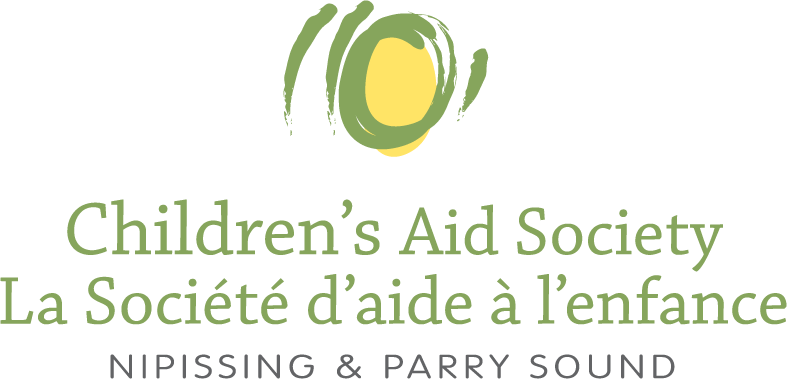Parenting Resources
Safe Sleep for Infants
Educating Parents on Safer Sleeping
Environments for Infants
This practice note is to assist practitioners in providing information to the families with whom they work, to share with colleagues and other community professionals, and to support the work they do to keep children safe. Sudden Infant Death Syndrome (SIDS) and other infant deaths that occur during sleep are recognized as major public health concerns by the Public Health Agency of Canada. Researchers have identified risk factors in the infant sleeping environment that may contribute not only to SIDS, but to deaths from suffocation due to overlaying or entrapment. Factors associated with unsafe sleeping environments include infants sharing a sleeping surface with an adult or another child, and the presence of soft bedding (www.publichealth.gc.ca/safesleep).
Room-sharing vs. Bed-sharing
Bed-sharing refers to a sleeping arrangement in which the baby shares the same sleeping surface with another person.
Room-sharing refers to a sleeping arrangement in which an infant is within arm’s reach of his or her caregiver, but not on the same sleeping surface.
No sleep environment is completely risk-free, but much can be done to educate parents on the provision of safer sleeping environments for their infants. The advice we give must be guided by available evidence-based data, which indicate that when infants sleep in their own crib, they are significantly safer than when they bed-share (Canadian Pediatric Society).
Safe Sleeping Practice Tips:
• Advise parents that all infant sleep needs to be in a safe sleep environment at all times including night-sleeping and naps.
• Advise parents/caregivers to place infants alone, on their back, lightly clothed, on a firm mattress with a tight-fitting sheet, and in an age-appropriate crib/bassinet/cradle that meets current Health Canada safety
regulations.
• Encourage parents/caregivers to practice room-sharing (sleeping in the same room, but on a separate sleep
surface) with their infants for at least the first six months of life.
• Advise parents/caregivers that bed-sharing (sharing a sleep surface – including bed, mattress, sofa, arm chair,
couch or futon) at any time with an infant can be hazardous because of the associated risks of accidental injury or death. Furthermore, the risk of SIDS and other deaths that occur during sleep increases when an infant shares a sleeping surface with a parent or caregiver who smokes, is impaired by alcohol or drugs including prescribed medication, is overly tired or obese.
• Educate parents/caregivers about the significant risk of sudden infant deaths that occurs within unsafe sleep
environments, with potential risks due to overlay, suffocation, entrapment, wedging, decreased air flow, and
over-heating (such environments include circumstances of bed-sharing).
• Remind parents/caregivers not to place any extra padding, bedding, pillows, toys or other objects under, on top of, or around the infant while sleeping.
• Advise parents/caregivers that car seats, strollers, swings, bouncy chairs etc are not designed, tested, or approved for safe infant sleep; the position of the infant’s head while seated for extended periods may cause constriction of the airway.
